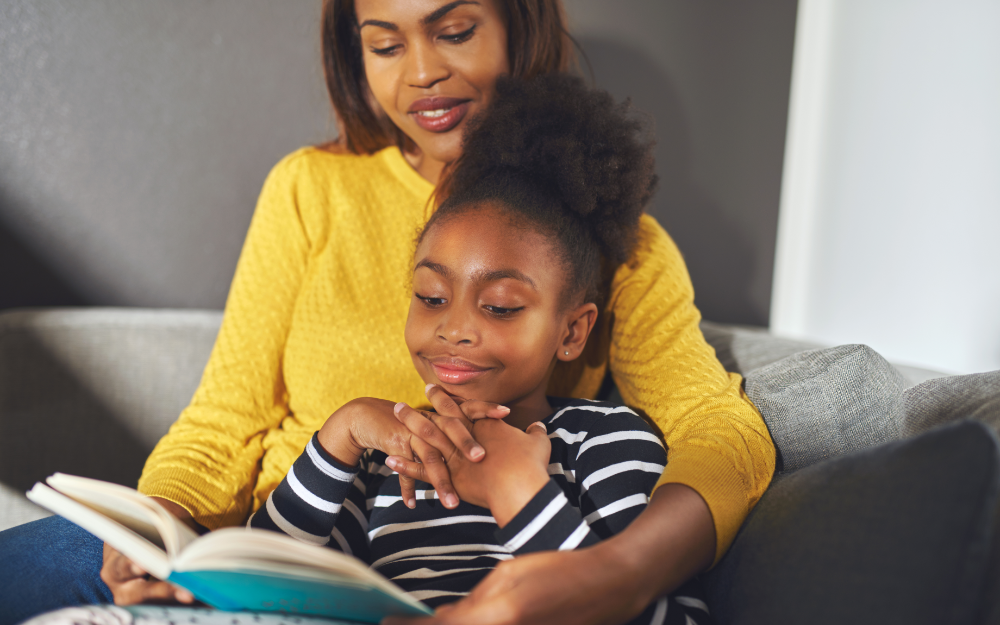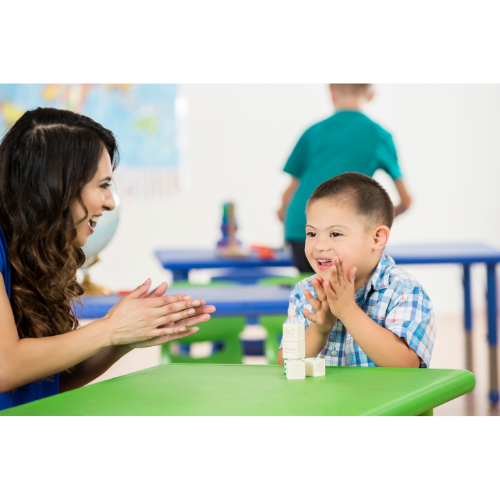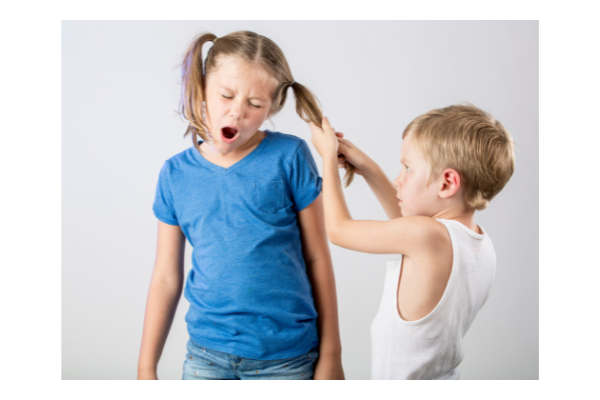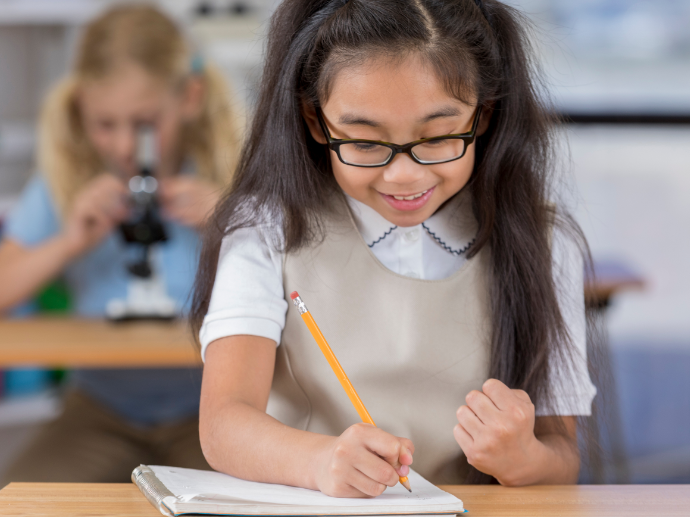Are you looking for ways to incorporate learning about feelings, mental health, emotions, and coping skills into your child’s day?
You’re in the right place! As a School Psychologist and a mom, I have had the privilege of using many books to support social emotional learning.
Here are some of my favorites!
Full Disclosure: Some of the links below are affiliate links. This means that, at zero cost to you, I will earn an affiliate commission if you click through the link and finalize a purchase. I am only linking books I ACTUALLY use and recommend.
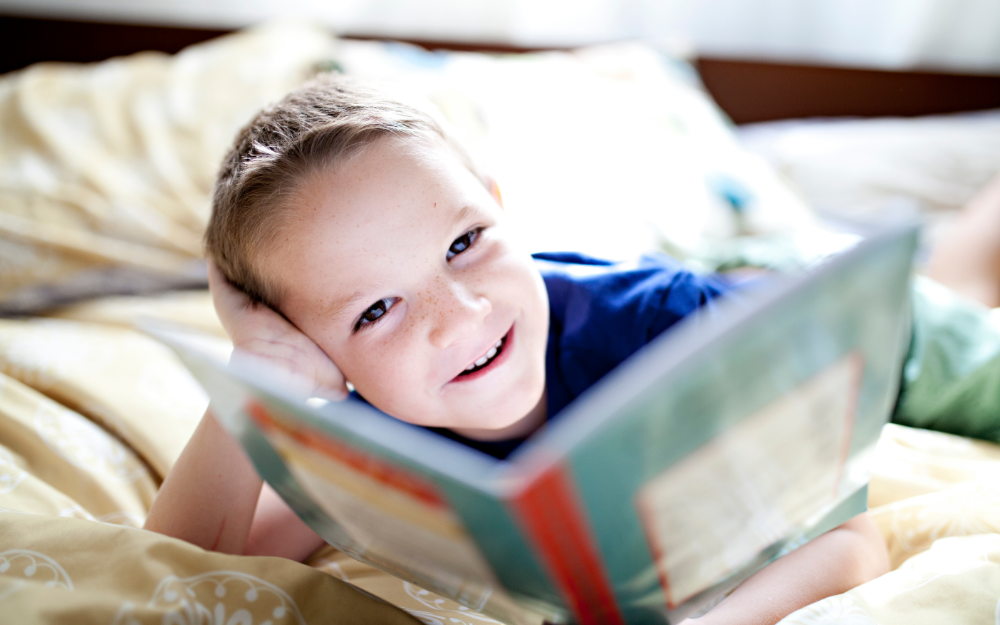
Benefits of using books to teach social emotional skills
Social emotional learning is such a critical skill for our children. Research shows that learning social skills, emotion management, and coping skills are as important as academics for our children.
I love using books to help teach feelings and emotions. There are so many benefits!
For one, using books to teach about feelings and emotions takes the pressure off of you as the parent to know all of the right words or phrases to use. Often, social emotional books are fun and funny, and help present the topic in an engaging way.
Secondly, when you and your child read a social emotional book, you are able to develop a common language based on strategies in the book. When your child shares that they are feeling jealous, you can remind them of a coping skill to use based on the book you read.
Probably my favorite benefit of using books is that you as an adult can practice using coping skills with your little one as you read. Even us adults need reminders of coping skills from time to time! I have noticed that when I read about using coping skills, I remember to use those strategies more throughout the day.

Best time for reading social emotional books
The best time to read these books with your child is when you are both in a calm, relaxed state. This is when our body and brains are most receptive to teaching. When our bodies and brains are in a fight or flight state, such as when we are stressed, or arguing, or upset, our brains are not open to learning or trying new strategies. Try incorporating some of these books into your nightly bedtime reading routine.
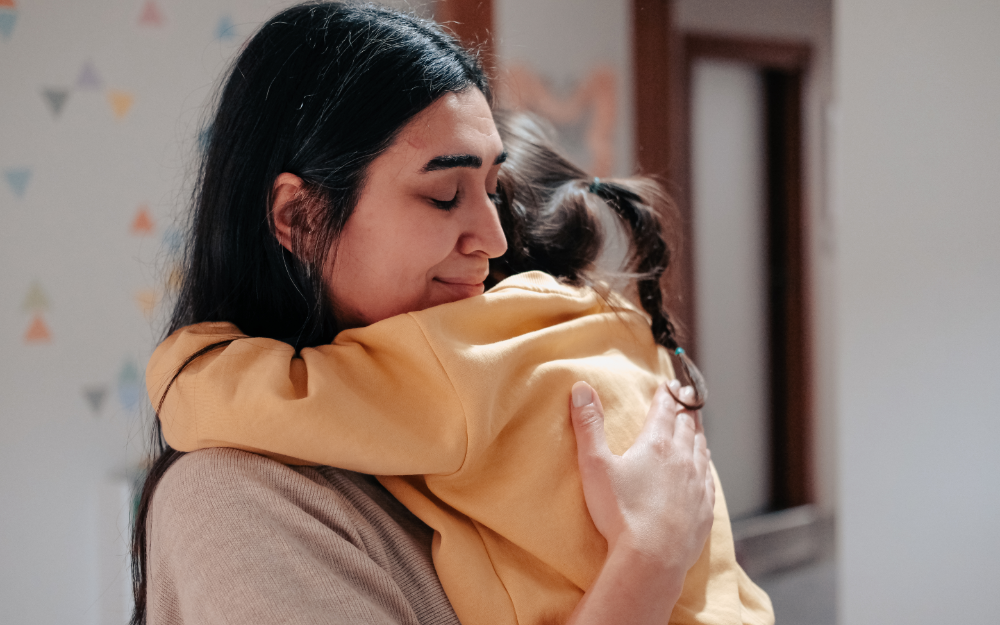
Helping your child to regulate emotions
Throughout the day, when your child has a feeling, help them name that feeling (“Joey, you look sad”). Remind them of one of their coping strategies you have read and practiced from the books (“would you like to color a picture or would you like a hug?”).
Often, children will do best when we as adults do the coping strategy with them (“Joey, let’s take some deep breaths together, breathe in through our noses, fill up our bellies, and slowly breathe out of our noses”).
When we adults are calm and model coping skills, this is known as co-regulation. Our children can feel our calm, and are able to take cues from that to help soothe themselves. There has been lots of research on showing the effectiveness of co-regulation with our children.
As we teach about feelings, it is important to remember that there are NO bad feelings, but it is what we do with our feelings that matters. All humans experience all feelings, and that is OKAY!

Best books (in my humble opinion)
Books to teach about anger

Consider reading Alexander and The No Good, Terrible, Very Bad Day. Alexander is a cute little guy who wakes up on the wrong side of the bed, and has “no good” things that happen to him all throughout the day. This is such an opportunity to discuss how things can happen to us, and we can still control our attitude. It’s also a great opportunity to discuss how tomorrow is a new day, and even though today might not have been great, we can start again tomorrow.
Books to teach about anxiety

Check out A Little Spot of Anxiety. I love this book. My own children love this book. My students love this book. The book does a great job of outlining anxiety, what it can feel like in our bodies, and coping skills to resolve the anxiety. I have used it in class wide discussions, and the students were able to really relate to the story. I love the practical coping skills and colorful visuals.
Another favorite to teach about anxiety is When My Worries Get Too Big. This book has some easy to follow strategies, and children can draw in the book and make it their own.
Books to teach about general feelings

Here are a few books that I use routinely with my students. The students that I work with like the colors and the silly graphics. I love that the books are easy to understand and engaging. When I use these books, I take time to show the emotion with my own face, then ask the students to make the emotion on their face. I tell students that if we can name our feelings, we can tame them, so labeling and teaching feelings is such a crucial first step.
I love that there is no age minimum to start teaching feelings, and we can teach even our youngest children about feelings. This board book, The Feelings Book, has many colorful pictures, and simple line drawings. It is easy and fun, for even the youngest readers. It is a great introduction to feelings.
For older children, The Way I Feel, also is colorful and fun, but has more nuanced feelings included. This book is a great step up in looking at feelings.
Since I am such a huge fan of the Little Spot books, I ended up buying the Little Spot of Emotions boxed set. I gave it to my kids for Christmas, and they love to look at the pictures, read the books to the dog, and teach each other the strategies. It makes my mama/ school psychologist heart so happy!
For a fun way to look at feelings, check out The Color Monster. I have this book displayed on a shelf in my office, and students often request that we read it together.
Books to teach about sadness
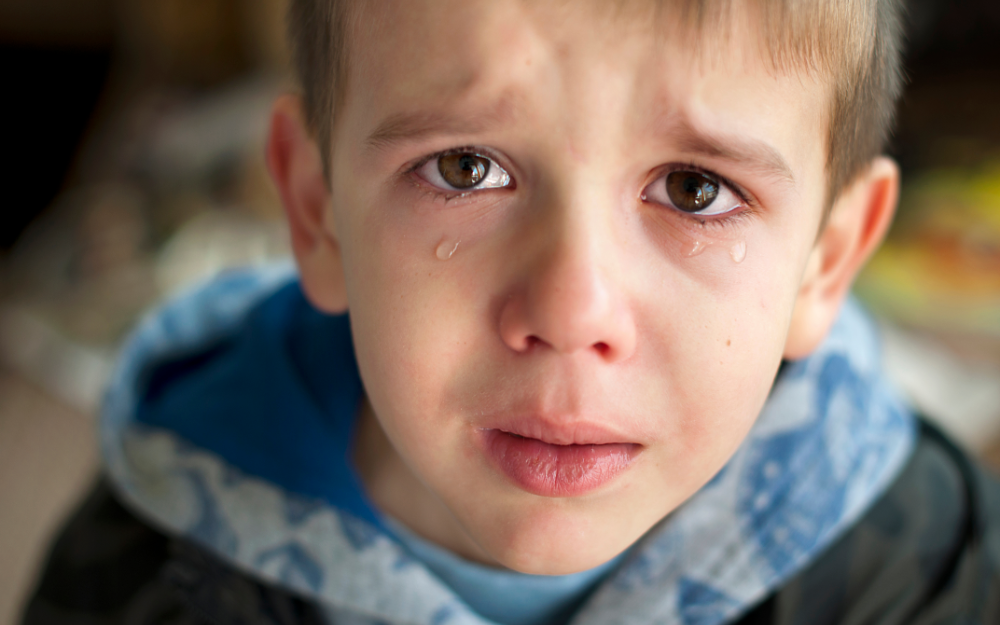
We all feel sad sometimes. A Little Spot of Sadness helps to normalize this sadness, and give some ideas on how to overcome it. I am clearly a huge fan of the Little Spot books, and I am not even sponsored by them 😉
Books to teach about stress and stress management

With all of the changes and unprecedented situations that children and adults have been through the past few years, stress has been at an all time high for children and adults. Children have a hard time understanding the tense feelings in their bodies.
B is for Breathe, is a great book on helping to name coping skills by alphabet letter. There is one letter “P”, that is for “prayer”. If you or your family are not particularly religious, you can think of another “P” word that fits for your family (maybe “P” is for pause instead?).
I Can Handle It, gives a repetitive mantra of “I can handle it” throughout the book. I have used this for classwide lessons, and have invited the students to repeat “I can handle it” as we read the book. You can also encourage your child to repeat back “I can handle it” as you read. It is helpful to brainstorm times that they might need to use this phrase, and remind them that they can handle whatever life throws their way.
Books to teach about grief
When Dinosaurs Die has helped me explain grief and death to students coping with some tough times and situations. The child friendly language and cute pictures make it an engaging read.
The earlier that we can help our children learn about their feelings and emotions, the better.
Life can be hard. With coping strategies and support, our children can thrive. Many of the books will offer printable coping skills visuals that you can laminate and put around the house. Maybe it is helpful to have deep breathing visuals taped up around the house. Or maybe it’s helpful to have emotion visuals where they are visible for the family to see. Let’s normalize talking about our feelings, and looking for ways to manage them. Let’s work together to support the mental health of our youth. I tell my own kids and the students that I work with that the more we practice these coping skills, the stronger we get at it. None of us have to be perfect, which can be very freeing.
I’m thankful you stopped by to read this, and I’d love to hear from you about any social emotional books that you love reading with your child.
